Tools and tips to reduce your energy usage
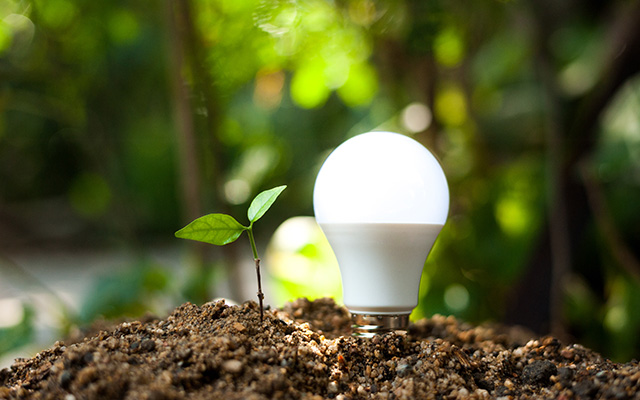
As rising energy costs bite more deeply, there is plenty of advice available for businesses to help them reduce their energy bills. With simple ideas such as replacing light bulbs with LEDs, to investing in a smart meter to help you be more energy aware, businesses want to take control of their energy usage.
All of us should be thinking about how to reduce our energy consumption. Not only can we reduce our energy bills, but we can also reduce our carbon footprint. The risk of energy shortages as a result of geo-political threats further adds to the need to reduce usage in order to safeguard supplies.
Read on for our tools and tips to help you reduce the energy usage associated with Sharp/NEC visual technology.
The environmental impact associated with product usage
An analysis of greenhouse gas (GHG) emissions for the entire Sharp value chain identified that more than 80% of emissions are associated with the use of sold products. It is precisely because Sharp makes products that use electricity that we have a responsibility to reduce the environmental impacts resulting from this electricity use.
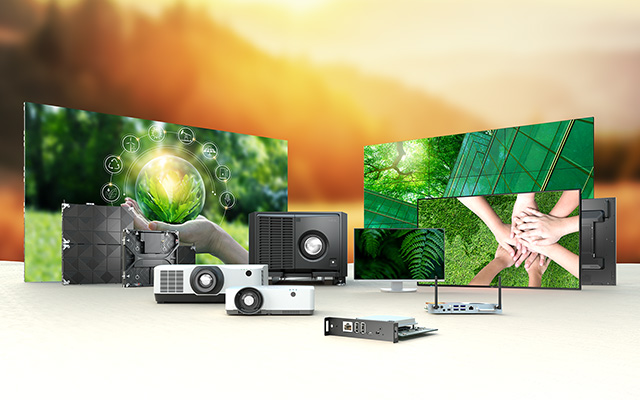
Reducing the environmental impact associated with product usage by customers is identified by Sharp Corporation as a material issue in addressing climate change. One of Sharp’s approaches to reducing GHG emission is by creating environmentally conscious products.
Narrowing this vast category of products, here we highlight some hints and tips to help you reduce your energy usage associated specifically with Sharp/NEC visual technology. Even just the smallest reduction adds up over time, especially across large networks of displays, so we hope that these ideas will help you to reduce both your energy bills and your impact on the environment.
Learn more about Sharp Eco Vision 2025
Five tips for reducing power consumption
Sharp/NEC products feature ECO modes and functionality such as automatic timers and smart sensors which we recommend our customers use. Different product groups will have different functionality but all with the aim of reducing power consumption and lengthening the life cycle. Not all our tips are so obvious however, so look out for some perhaps lesser-known ideas!
1. Operate in ECO Mode
Our desktop monitors, large format displays and projectors all feature ECO Modes, designed to optimise energy consumption during operation. Intelligent Power Management features and Auto-standby Mode ensure the device is only switched on when a source is connected. Inbuilt scheduling functionality avoids unnecessary operating time by automatically powering down at a pre-set time.
These tools are available, and we encourage our customers to make full use of them as they audit and action energy reduction. All Sharp/NEC displays are shipped in an energy-saving pre-set because, in our experience, the end user rarely makes any adjustment to the factory setting.
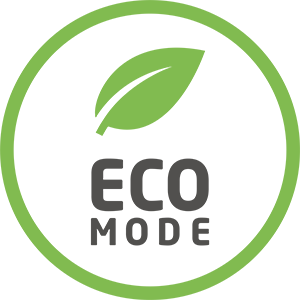

2. Activate sensor technology
Motion sensors, such as the NEC Human Presence Sensor, detect movement around the device to trigger an action. Built into our desktop monitors and an optional feature on our large format displays, when the user, or passer-by, is detected within the sensor area, the display automatically powers-up to increase the brightness.
By minimising power usage when there’s no one in the vicinity, significant energy savings can be made. Businesses can save over 30% of their CO2 consumption by using this feature.
Similarly, brightness sensors adapt the display brightness to the ambient light conditions ensuring eye pleasing readability of content and optimised power usage.
3. Shut down when not in use
Almost all electrical appliances consume energy even when in standby mode. Both LED and LCD technologies are mature enough to be shut down every day thus reducing unnecessary power usage. It is important however to be mindful of the inrush current when an LED device is switched on which can overload components. By regulating the switch-on process with the use of a switch-on controller, individual LED modules will start up sequentially to mitigate power spikes. This investment is small compared to running the overall system 24/7 unnecessarily.
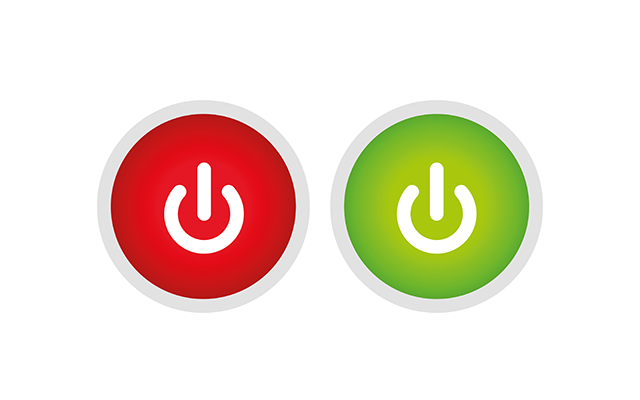
4. Choose your content wisely
Even if a complete shutdown is not possible, running your LED device without content could also reduce the energy draw. The influence of the content on the energy balance is often underestimated. By using a black background instead of a bright background for your LED display, the power consumption drops by up to 50 percent. Furthermore, blue LEDs consume the least amount of power so content using predominantly blue rather than red or green is preferable.

5. Remote management and control
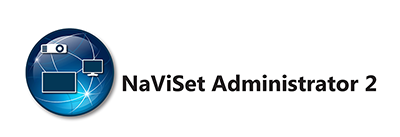
Digital signage screens, media players and other devices should be continuously monitored and actively controlled. A software solution for remote control is one of the most efficient ways to operate a display network.With the NEC NaViSet Administrator 2 software, for example, automated switch-on and switch-off times can be defined, minimising unnecessary power usage when devices are not in use. NaViSet can be used to monitor and report on usage and power saving functions across all connected devices helping organisations to quantify their carbon footprint.
Discover many other benefits of NaViset Administrator 2
To learn more ways to save energy when using Digital Signage, visit the invidis website.
